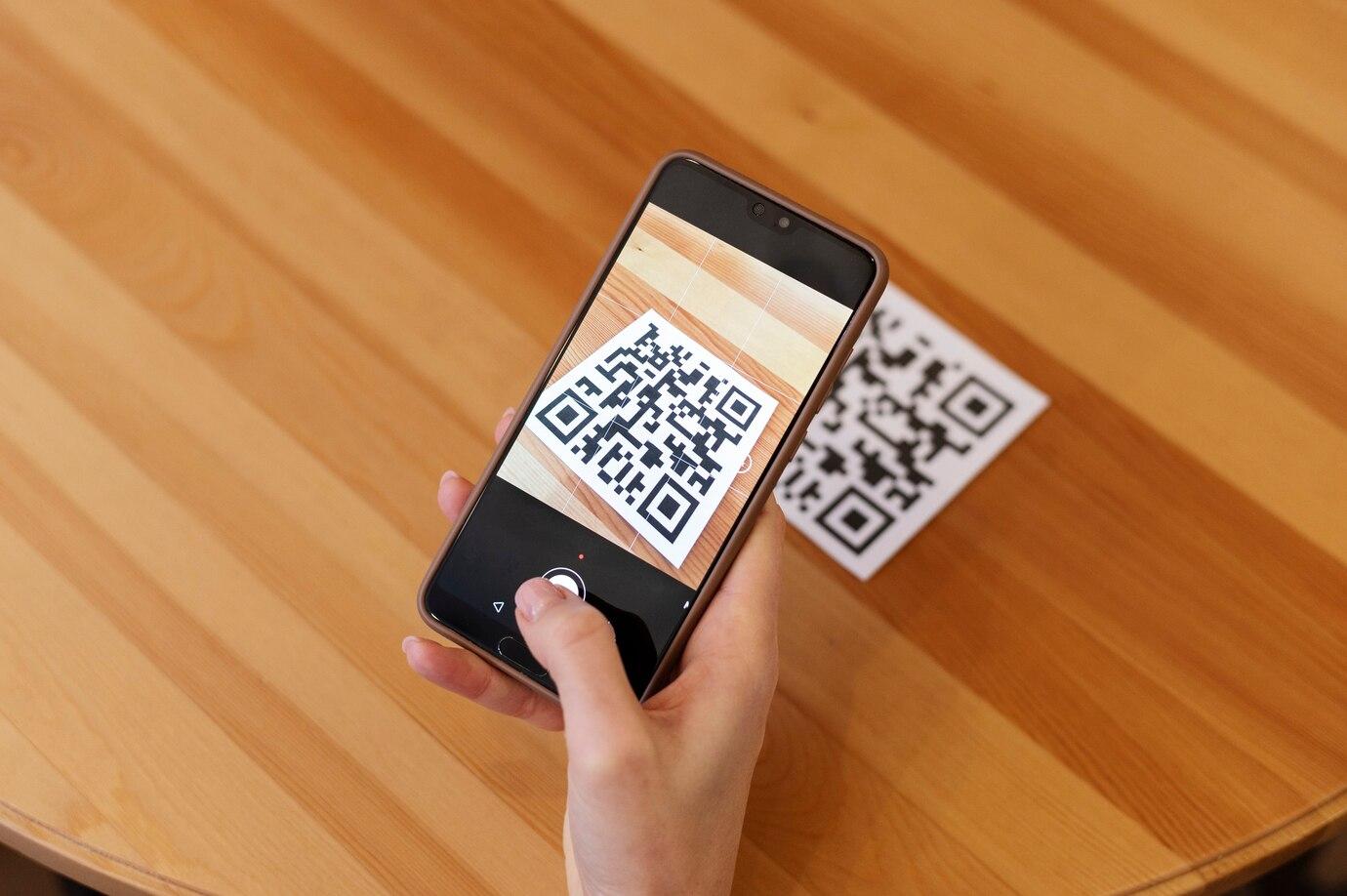In recent years, the use of QR codes has become widespread. This simple and convenient solution saves time when making payments, exchanging information, and accessing other services. However, as with any new technology, the increase in their popularity has not gone unnoticed by scammers. Modern financial scammers find new ways to deceive citizens, using fake QR codes to steal money.
The Problem with QR Codes: Security Threat
QR codes were originally created as a convenient way to transmit information. Unlike traditional barcodes, QR codes can store much more data. However, this accessibility and ease of use make them attractive to scammers. According to a study conducted by the National Consumer Protection Association, more than 70% of smartphone users have scanned a QR code at least once, but not everyone knows that these codes can be forged.
One of the main problems is that QR codes do not have built-in protection or authentication means. This means that anyone with access to the necessary tools can create a fake QR code that will lead to a malicious site or intercept payment data. As a result, victims, simply wanting to make their lives easier, become targets for scammers, losing money and personal data.
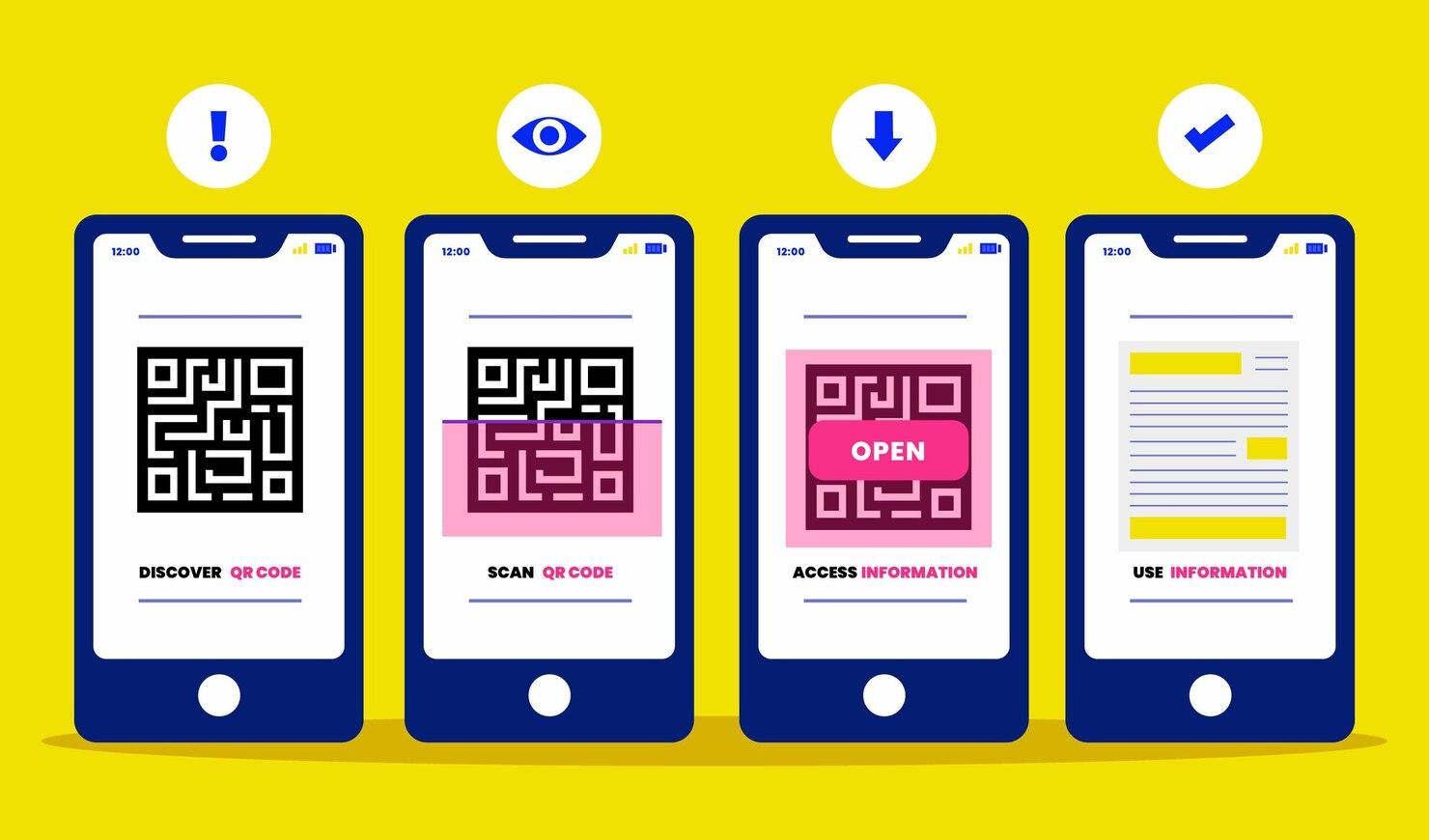
How Scammers Create Fake QR Codes
Scammers use various methods to create fake codes that can look identical to the original ones. One of the most common ways is creating fake payment links. Often, scammers use platforms to create QR codes that do not require special technical skills. They can do this in a matter of minutes.
Another scheme is that scammers leave fake codes in places where they can easily reach a victim. For example, they can place a fake QR code next to a real one in a store or at a payment point. Many people do not even suspect that they are standing in front of a fraudulent code and are ready to scan it.
Types of QR Code Fraud
There are several main schemes of fraud financing using QR codes. All of them can lead to financial loss or leakage of personal data. Let's consider some of them.
Fake Payments
In this scheme, fake QR codes are created that lead to sites mimicking real payment pages. For example, if you need to pay for services or purchase a product, you may encounter a fake symbol that will redirect you to a site created by scammers. These sites can look completely plausible, making them extremely dangerous. Sometimes they even use logos and design elements identical to the original services.
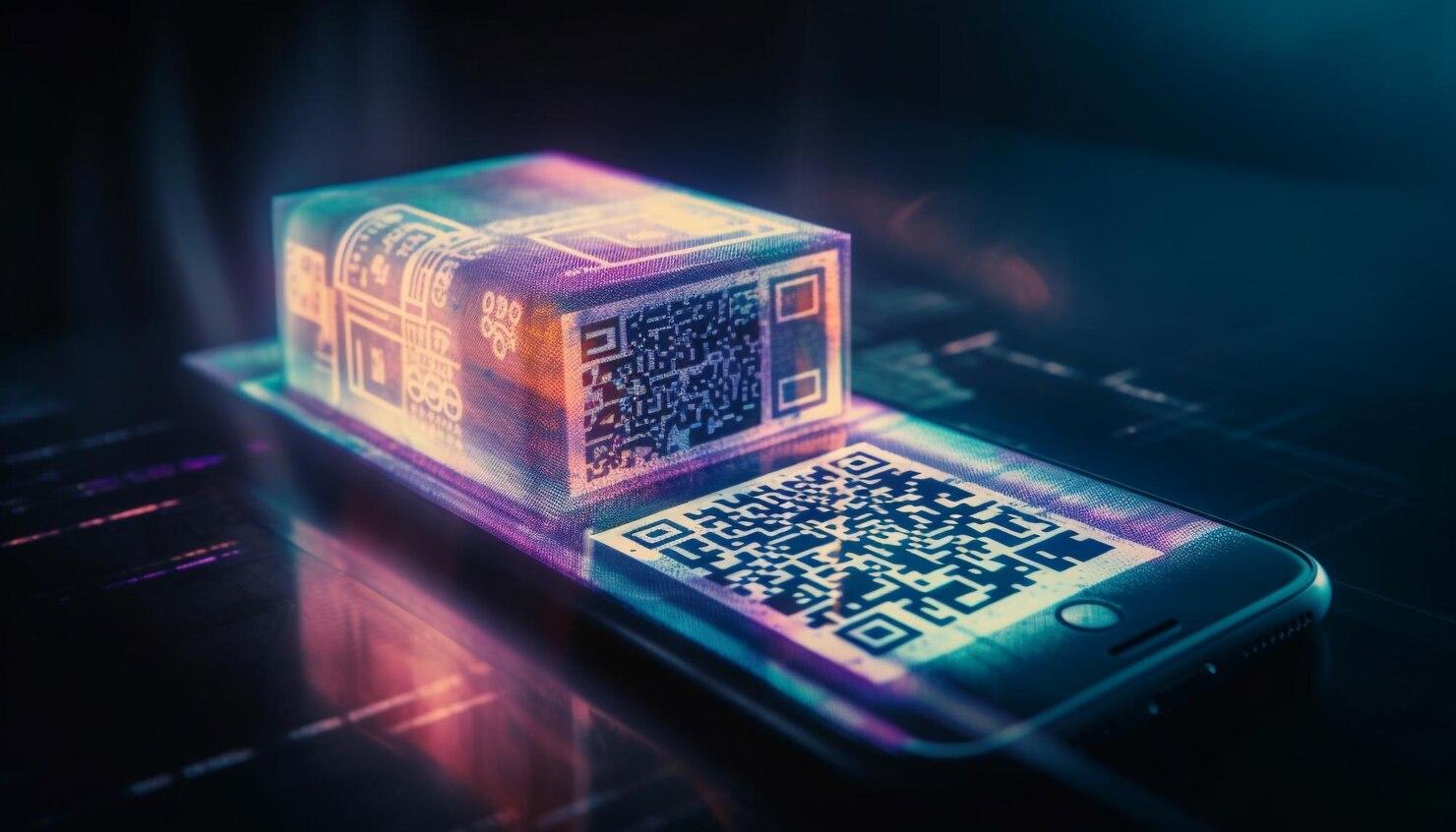
Malicious Applications
Some scammers offer to download applications that are supposedly designed to improve the user experience with QR codes. However, such applications may hide viruses that infiltrate your phone and steal data. In addition, such applications may request access to your payment information or perform unwanted actions without your consent.
Fraud through QR Scanners
Fraud can occur at the scanning stage of the QR code. Some fraudulent reader programs may redirect users to malicious sites or steal information when reading the code. Such applications may be downloaded onto devices through unofficial sources and are generally not checked by antivirus software.
Fake Banking QR Codes
Banks and financial institutions also become targets for scammers. They can create fake QR codes that look like the codes of real banking applications. Users, by scanning such codes, end up on fake pages where they are asked to enter confidential information such as login and password. As a result, scammers gain access not only to money but also to other important data.
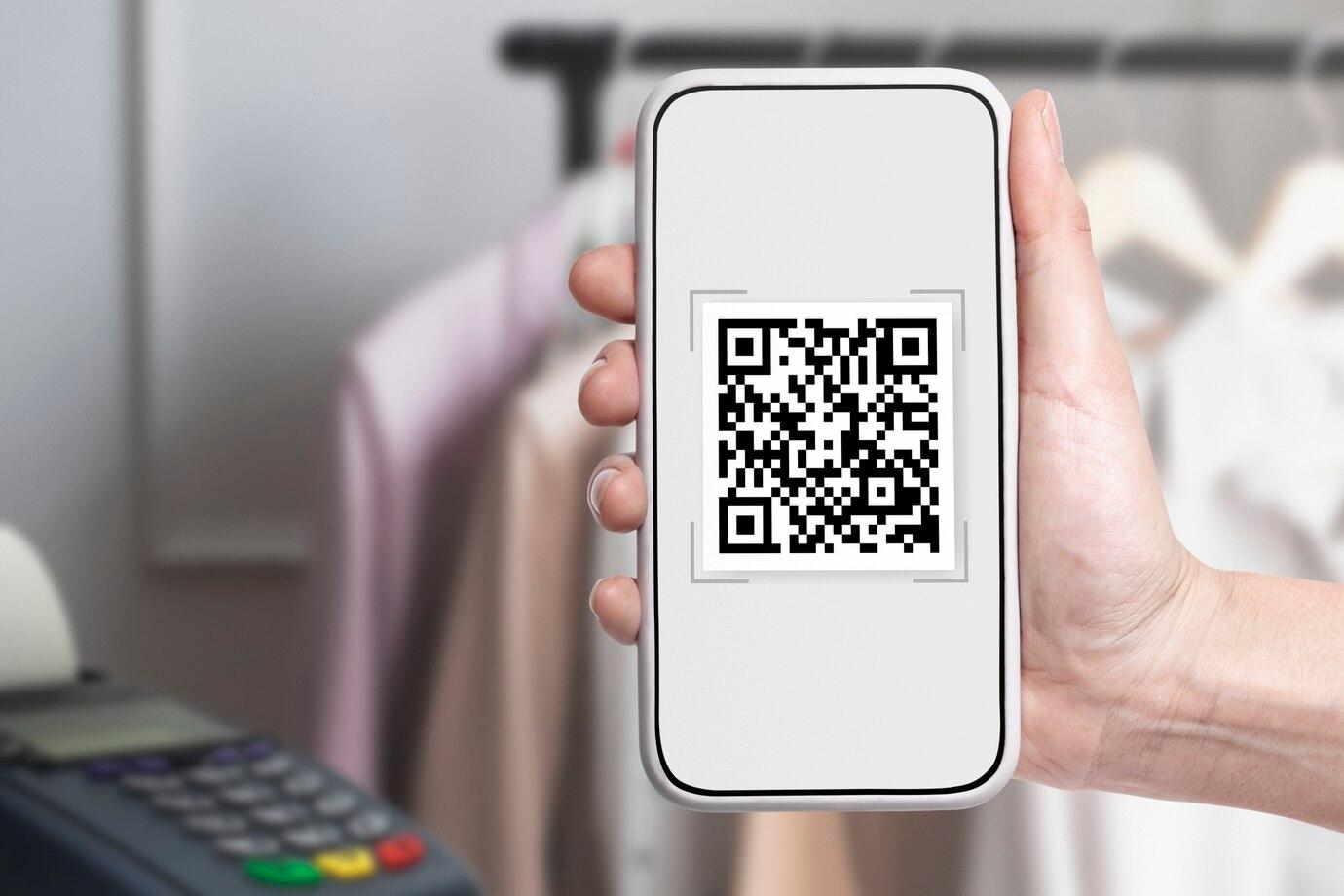
Protection Against QR Code Fraud
To avoid QR code fraud, you should follow a few simple rules. First, always check the origin of the QR code. If you see a code on an advertisement or website, make sure it leads to an official source.
Second, avoid scanning QR codes from unfamiliar sources, especially if they are offered by street vendors or arranged in unofficial channels.
Third, install verified antivirus applications on your phone. They can help stop the download of malicious programs or redirects to unsafe sites during code scanning.
How to Recognize Fake QR Codes
There are several methods that can help you recognize fake QR codes. First, carefully inspect the code. If it is in an unusual place (for example, on an advertising sign not related to the transaction), it may be suspicious.
Second, check where the code actually leads. You can do this by using smartphone cameras that display the URL before going to the site. If it looks strange or unrelated to what you need, it's better not to scan.
Third, pay attention to the requests of the application. If the program requests access to your personal information, such as contacts or location, think twice before granting access.
Theft of funds through fake QR codes can have serious consequences. Victims may face not only a financial threat but also problems with personal information. If your data falls into the hands of scammers, they can use it for further fraud.
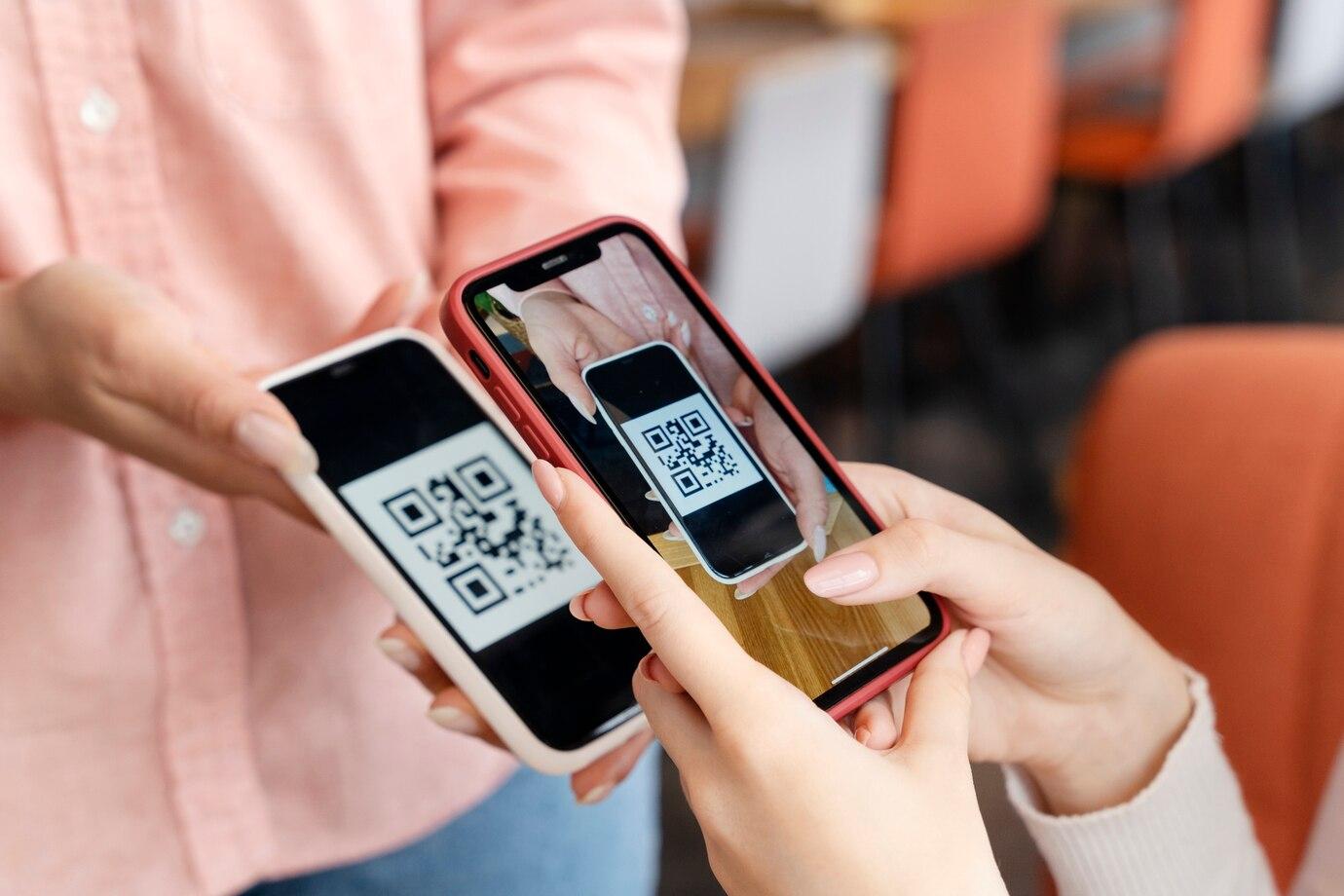
Additionally, losing money can negatively affect your financial situation. This is especially relevant for those who are already in a difficult financial situation.
The use of QR codes has become an important element of everyday life. However, with the growing popularity of this technology, scammers are using it for their nefarious purposes. By taking simple actions, such as checking sources and being aware of potential threats, you can protect yourself from fraud.
Thus, staying vigilant in the digital age is necessary. Now more than ever, it's important to develop your awareness to protect against fraud and financial loss.
